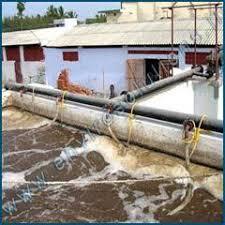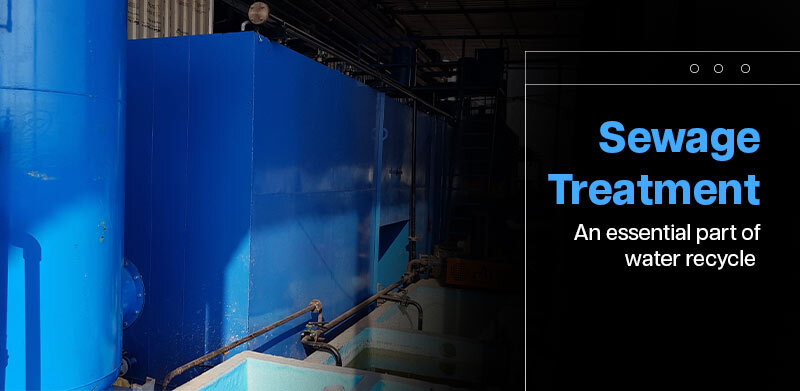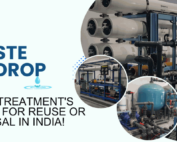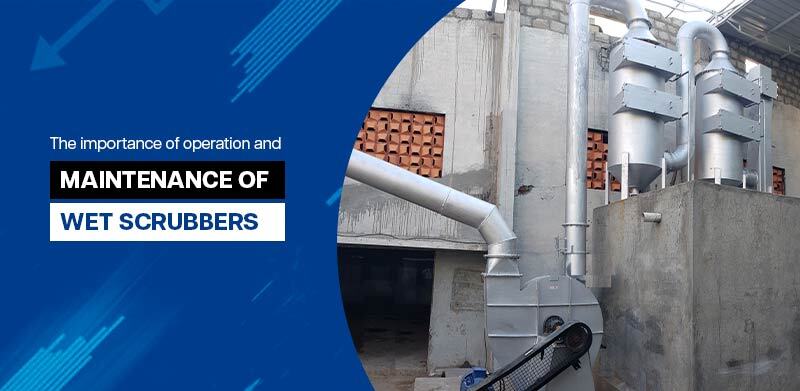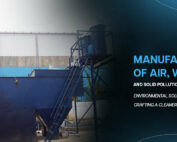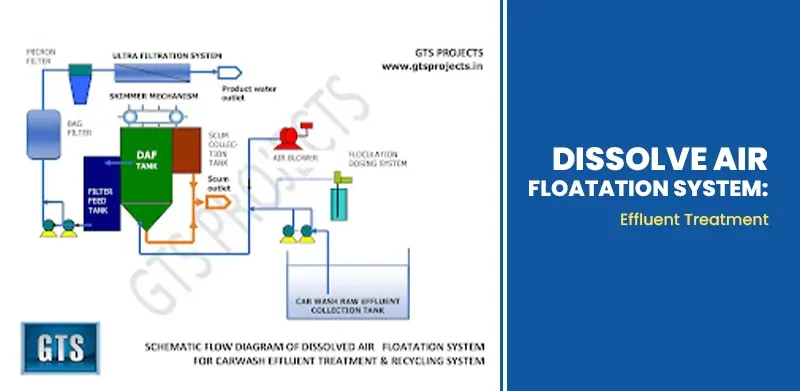Emerging Trends In Wastewater Biological Treatment Technologies
The primary reason that has driven the need of new or improved wastewater treatment technologies is the statutory regulations to meet standards when the disposal of wastewater does not meet the set discharge limits. This impact on the environmental conscious of factories and industries and strict monitoring of statutory have fuelled the emergence of new or improved treatment technologies.
Biological anaerobic and aerobic technologies have been popular lately in the treatment of organic wastewater because of their friendliness to the environment and cost-effectiveness. Anaerobic technologies are, however, a cut above other technologies because of the low energy consumption.
Another powerful, emerging treatment methodology is the Microbial fuel cells (MFCs) technology which capitalizes on the bioelectrical catalytic activity of microorganisms to generate electric power by oxidizing the organic matter and sometimes inorganic material in wastewater. MFC technology offers a dual goal as it allows for energy recovery and wastewater treatment in a single configuration
Membrane technology (MT) includes the related engineering and scientific approaches for the transport of components, species, or substances through or by membranes. This technique is generally adopted to explain the mechanical processes for the separation of gas or liquid streams. Membranes are classified as a thin layer barrier for size differential separation, which are usually integrated with chemical and biological treatments, or as a standalone system in secondary treatment of wastewater. For a typical membrane mechanism, there is usually a driving force such as a semi-permeable barrier which controls the rate of movement of components by fractional permeation, and rejection through pores of different sizes.

